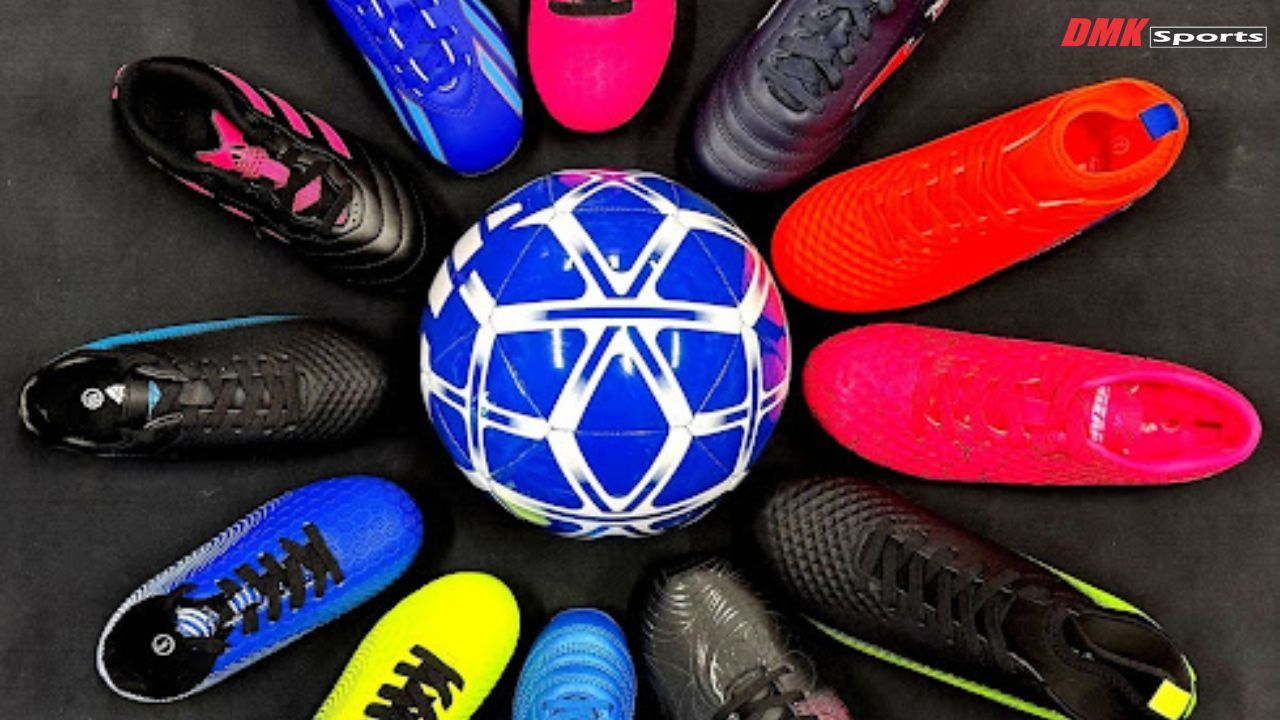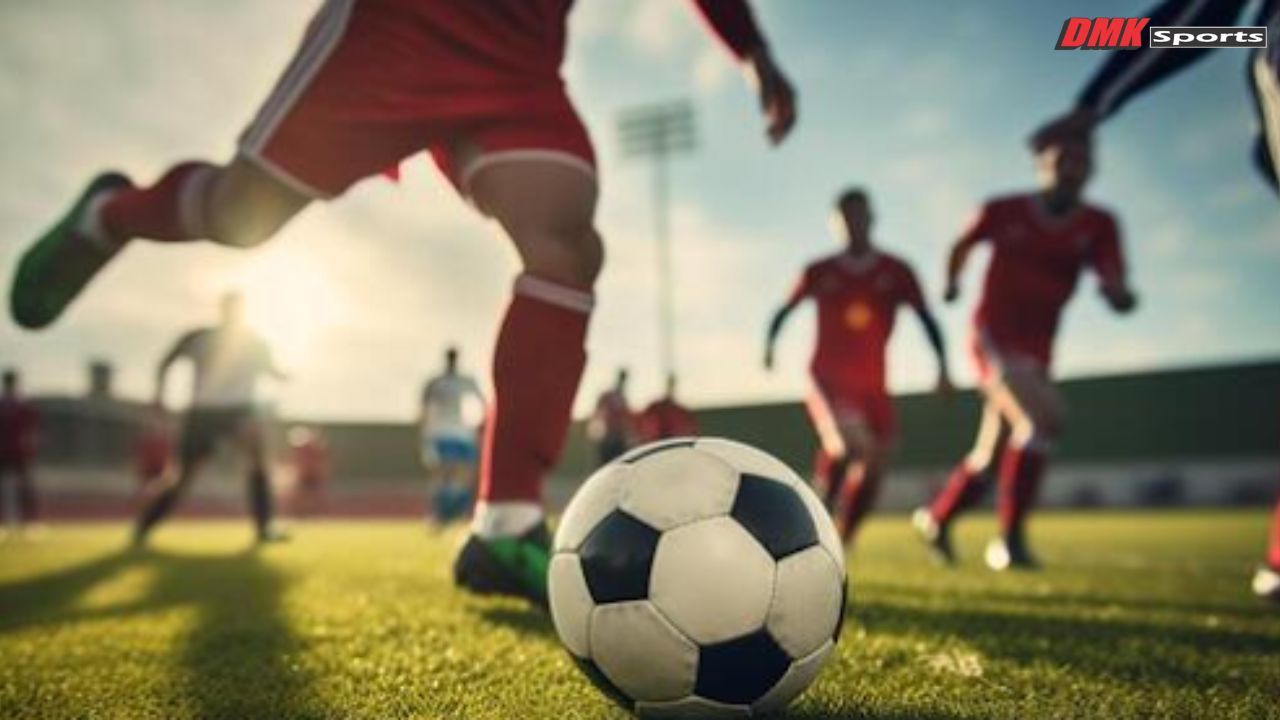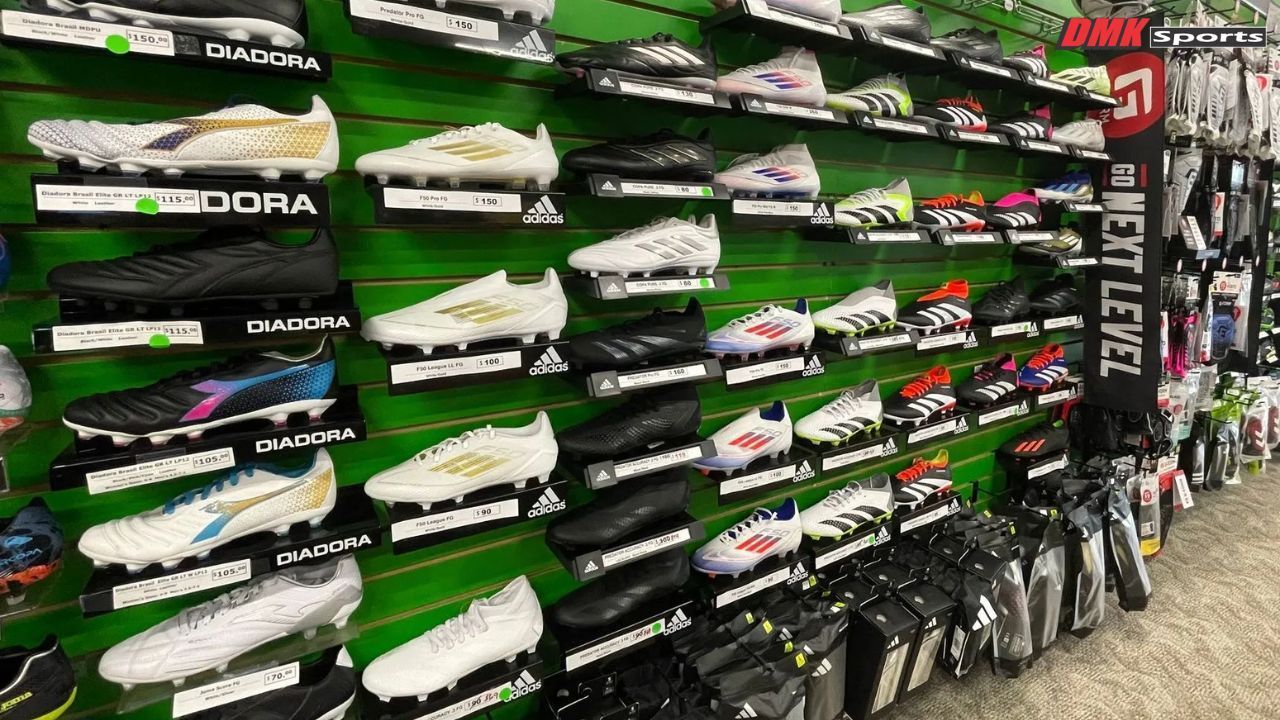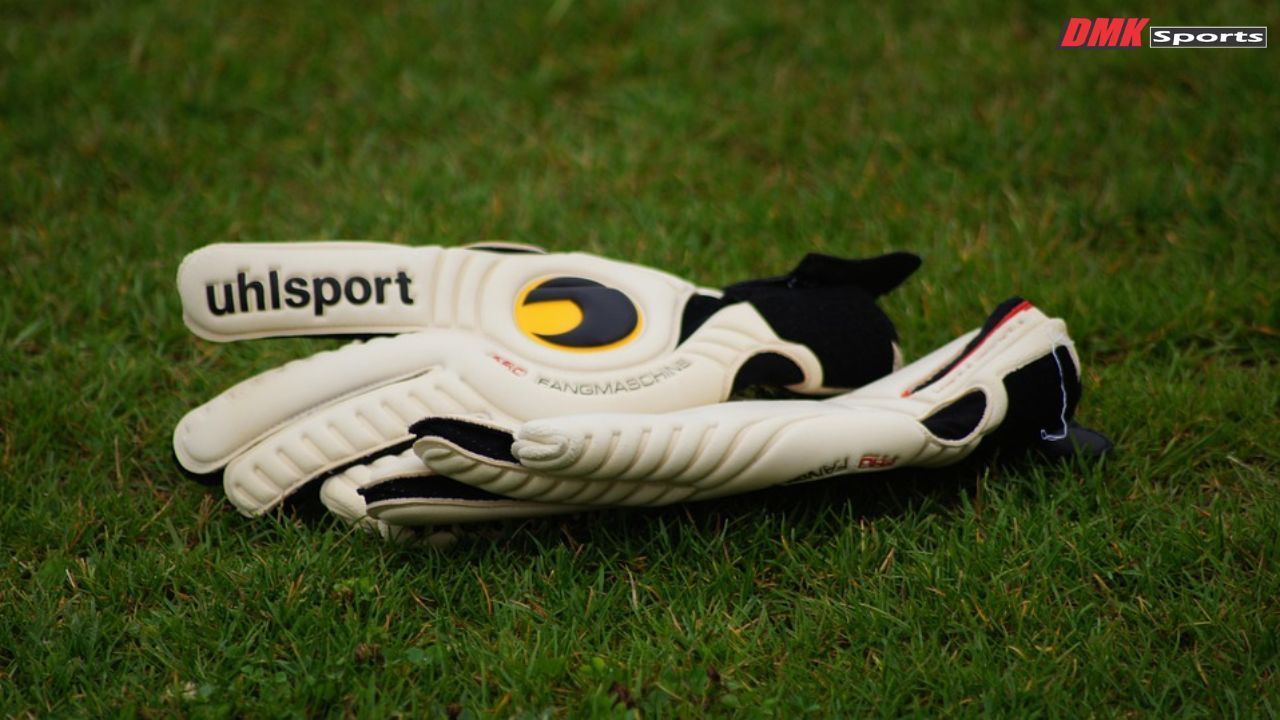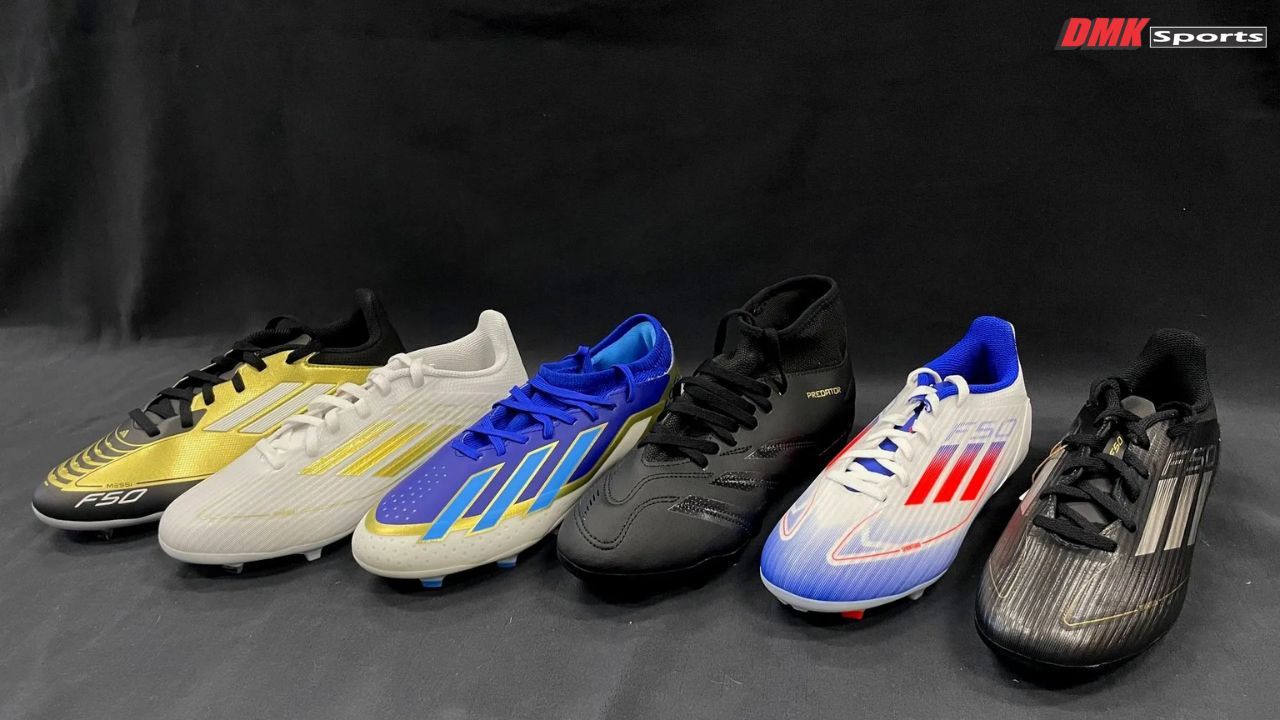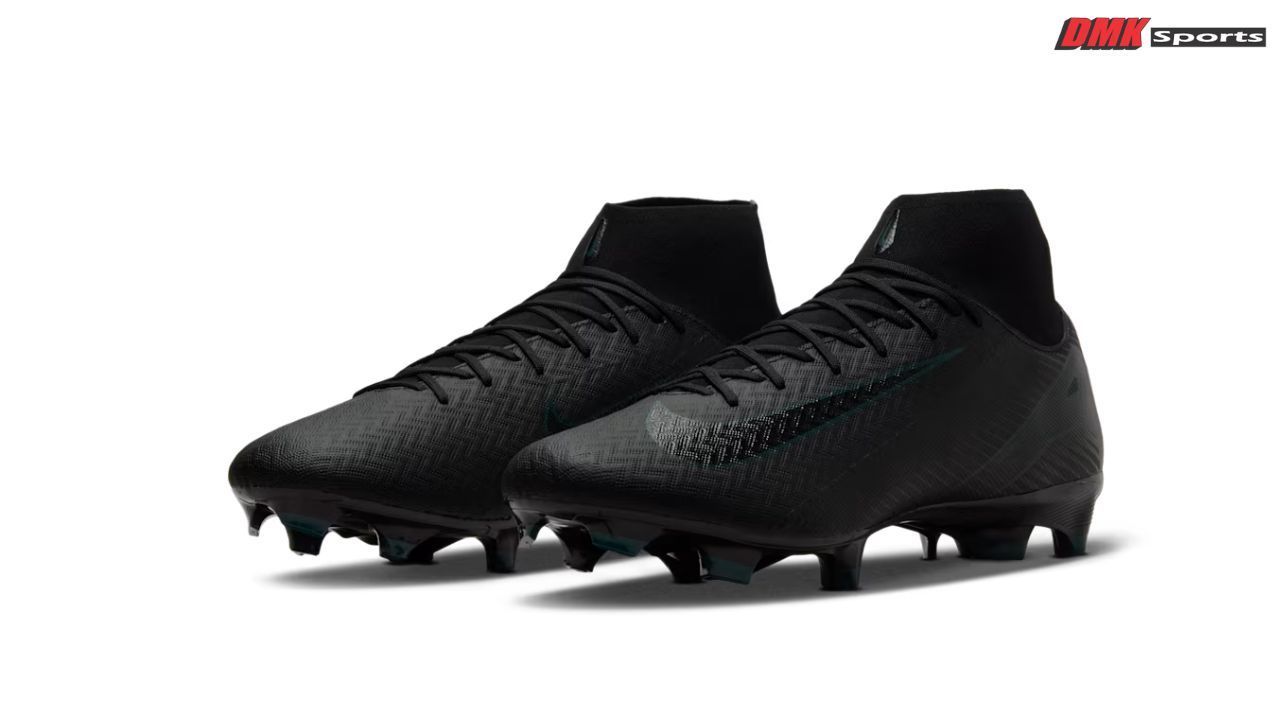How to Properly Wash and Care for Goalie Gloves
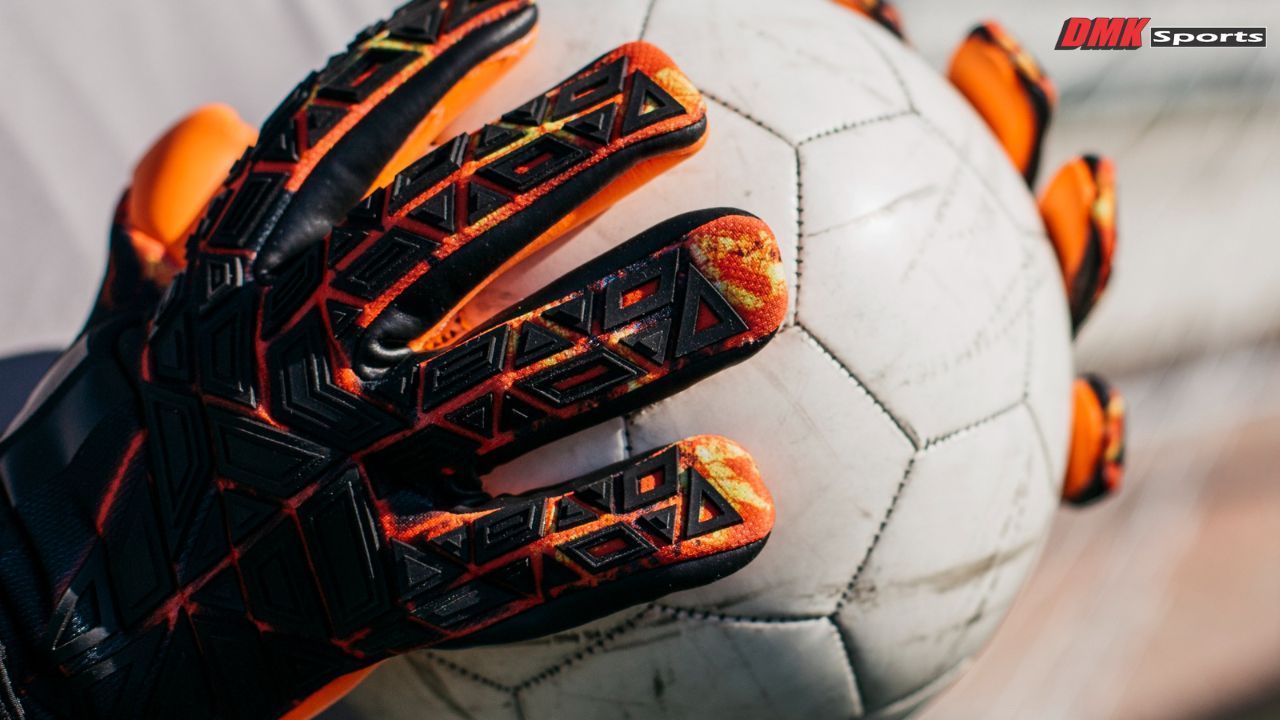
Keeping goalie gloves clean helps them last longer and perform better during games. Dirt and sweat reduce grip and can damage the latex if not cleaned in time.
Many new players do not learn the correct methods and damage gloves without knowing. We explain how to wash goalie gloves in a simple and safe way. These steps help you protect your gloves and enjoy better control on the field.
You can also buy quality goalkeeper gloves at DMK Sports, where you can choose the right pair for your game.
Understand the Material Before Cleaning
Goalie gloves use soft latex that gives excellent grip and control. This latex is sensitive to heat, poor cleaning products, and rough cleaning habits. If not treated carefully, the latex becomes dry and loses its sticky surface. Knowing this helps you make better cleaning decisions and avoid fast wear.
Prepare the Gloves Before Washing
Always prepare the gloves before cleaning them. This helps remove heavy dirt and makes washing easier. Follow these steps before moving to the wash:
- Shake off loose mud and turf pieces
- Rinse lightly with clean lukewarm water.
- Check for damage on the palm and fingers
- Avoid rubbing both palms together at this stage.
Gloves that are prepared correctly are easier to clean and stay in better condition.
Best Way on How to Wash Goalie Gloves
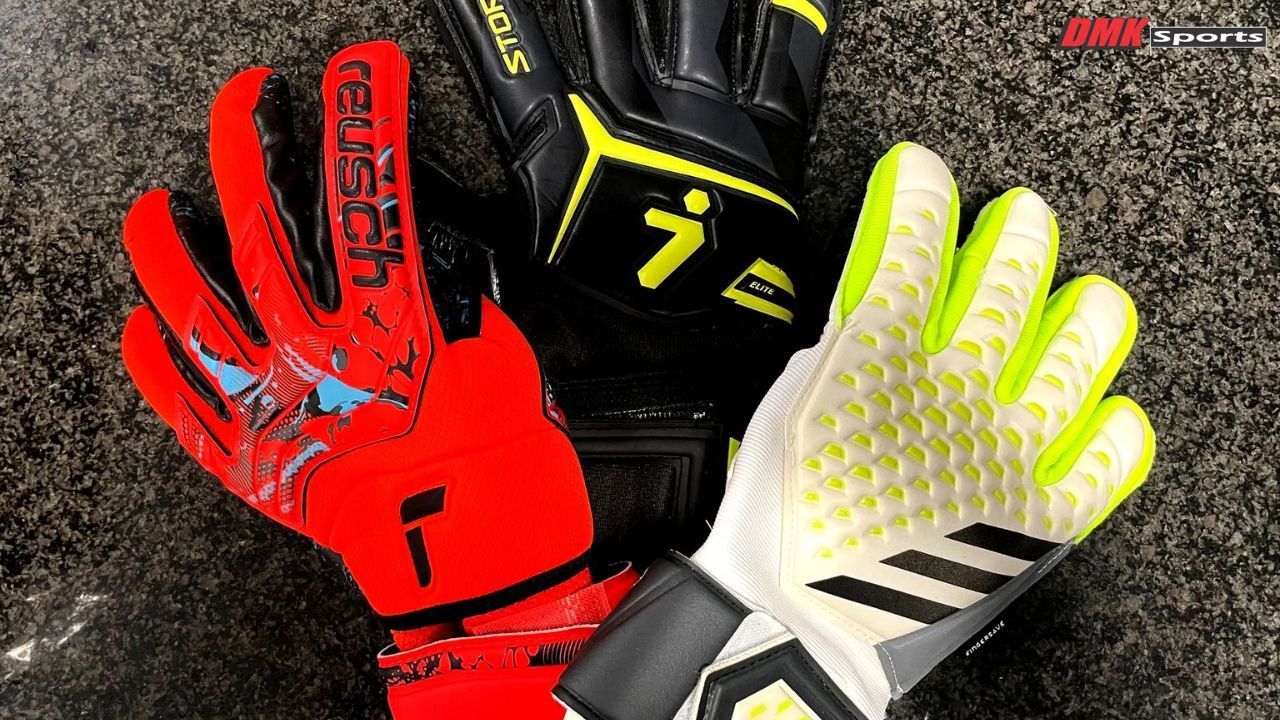
Handwashing is the safest cleaning method for gloves. Machines are rough and can stretch the latex or damage the stitching. Follow this easy process to wash gloves safely.
Use Lukewarm Water.
Fill a bowl or sink with lukewarm water. The water should not be hot or very cold. Hot water can dry the latex and make the palm weaker.
Use Mild Soap or Glove Cleaner
Professional glove cleaners work best for this job. They protect the latex and remove dirt gently. Baby shampoo is also safe for gloves.
Do not use harsh products like laundry detergent, dish soap, bleach, or alcohol-based cleaners.
Gently Clean the Dirt
Dip the gloves in water and massage the palms slowly. Dirt in the corners should be pressed out carefully using your fingers.
Do not scrub the gloves or twist them, as this stretches the latex. Take your time and let the dirt loosen slowly.
Rinse Until Soap Is Gone
Rinse the gloves in fresh water until no soap remains. If soap stays inside the latex, it can make the gloves sticky and attract dirt during play.
Press Out Extra Water
Press water out gently with your hands. Do not twist or wring the gloves. Twisting can weaken seams and change the shape of the glove.
Quick Cleaning Between Matches
Sometimes soccer goalkeeper gloves need small cleaning during a tournament or break. Light dirt can affect performance and cause loss of grip. In these situations, add a little clean water to the palms and press the gloves together gently.
This reactivates the latex grip and removes loose dust before the next play. These fast cleanings are not full washes but help between sessions.
Drying Goalie Gloves Correctly
How gloves dry is just as important as how they are washed. Drying them the wrong way can destroy latex fast. Follow these simple rules to dry gloves safely:
Avoid All Heat Sources
Do not use hair dryers, clothes dryers, heaters, or direct sunlight. Heat removes natural moisture from latex and makes gloves stiff and cracked.
Dry at Normal Room Temperature
Set the gloves in a cool space with air flow. Many players place a towel under the gloves to collect water. Hang them with fingers pointing upward to allow better draining.
Be Patient During Drying
Latex needs time to dry in a safe way. Rushing this step will reduce the life of your gloves.
Taking Care of Grip After Cleaning
Latex grip is strongest with a little moisture. Gloves should not become completely dry and stiff. Players can spray glove wash or reactivate grip before matches. Wetting the palms slightly improves ball handling and helps shot control. Continuous cleaning helps the palm stay fresh for more games.
How Often Should You Wash Your Gloves??
How often you wash goalie gloves depends on how often you play. Training gloves used many times per week should be washed after each use.
Match gloves can be washed after each game to keep them fresh. If gloves are used less often, weekly washing may be enough. Cleaning them often keeps the latex healthy and improves performance.
Proper Storage After Cleaning
Good storage protects gloves from damage when not in use. Latex should not dry out too much or sit in moisture for long. The best storage method is a breathable glove bag or pouch. Avoid storing gloves in closed plastic bags because they trap moisture and encourage bad smells and bacteria. Open the bag sometimes to allow fresh air to move through.
Rotating Gloves to Make Them Last Longer
Many experienced goalkeepers use more than one pair. One pair is used for matches only, one for regular training, and another for wet fields. This helps each pair last longer because usage and wear are shared across more gloves. Even budget goalkeepers benefit from a simple two-pair system.
Common Mistakes That Damage Gloves
Many new keepers damage gloves by following poor habits. Avoid these:
- Scrubbing gloves roughly with brushes or hard cloth
- Leaving gloves inside a car in hot weather
- Drying gloves with strong artificial heat
- Playing on rough surfaces that scratch latex
Avoiding these mistakes protects the gloves and helps maintain grip longer.
Knowing When Gloves Need Replacement
Even with great care, latex does not last forever. Signs that gloves are close to the end include deep tearing, flat or hard palms, and losing grip even when clean and wet. Replacement at this stage helps keep confidence and safe ball control.
Final Thoughts
Learning how to wash goalie gloves correctly keeps your gloves performing well and lasting longer. Clean soccer goalie gloves after use, dry them safely, and store them the right way. With these simple habits, you enjoy better grip, better handling, and more confidence on the field.
FAQs
How often should I wash goalie gloves?
You can wash your gloves after every match or training session to keep the latex healthy. It is always advised to wash these gloves routinely. Regular cleaning removes sweat and dirt that can slowly damage the palm surface.
Can I put goalie gloves in the washing machine?
It’s not advised to put your goalie gloves in the machine, since it can be too tough on the fabric. The machine can stretch the stitching and latex and damage the gloves in the process. The spinning and heat can break the palm texture and reduce grip very quickly.
What soap should I use when cleaning gloves?
There are several glove cleaners or mild baby shampoos for safe results every time. Strong detergents and harsh products are not recommended since they can remove latex oils and weaken the grip fast.
Can goalie gloves dry in the sun or near heat?
You shouldn't use heat from sunlight or heaters to dry the gloves a little faster. It can dry the latex and reduce flexibility. Dry slowly at room temperature to protect the palm and preserve long grip life.
How long do goalie gloves take to dry?
Drying at room temperature usually takes several hours depending on moisture level. Do not rush the process or use strong heat to finish drying faster.
How do I prevent a bad smell inside goalie gloves?
Clean gloves regularly and store them in a breathable bag to reduce odor. Keep them away from closed plastic bags that trap sweat and encourage bacteria.

